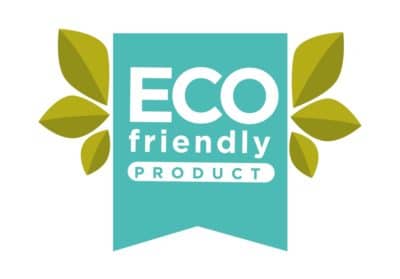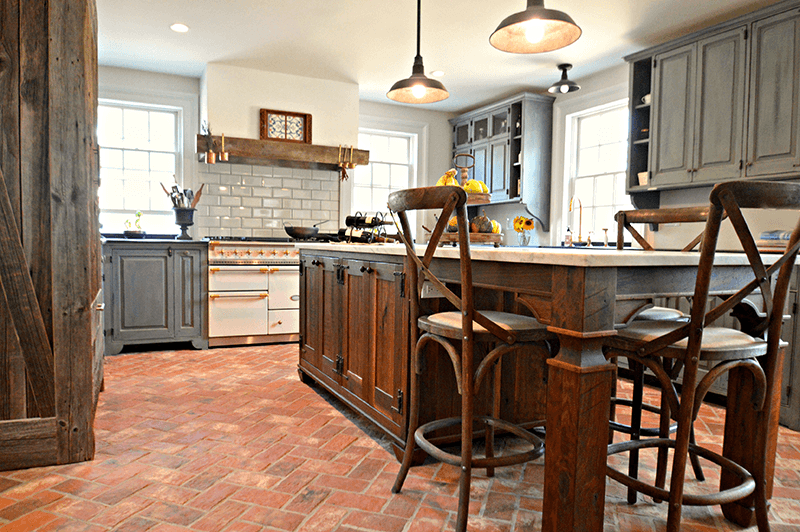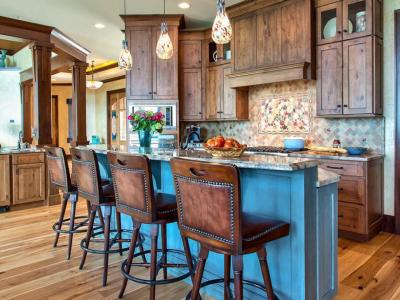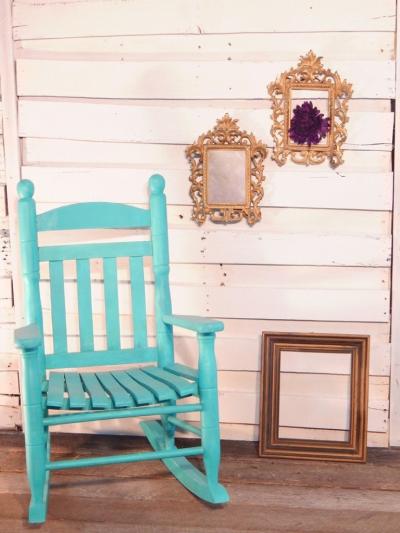
Environmentally responsible. Greener. Safer. Usually this word is used without defining its meaning. Although some paints can be composted, eco-friendly usually relates more to the environment in the interiors than just the soil. This paint aims at increasing the indoor environment and reducing toxic chemical emissions compared to traditional paint.
With so many options on the market, it’s sometimes difficult to know which paints are eco-friendly paints, but understanding what to look for can help immensely in your journey to sustainable decorating. Designed to protect the environment and your family’s health, eco-friendly paints contain few or no harmful chemicals and come in a variety of shades, brands and types, including interior and exterior formulations, so you have an ample selection when you’re ready to start your DIY project. But just what makes earth-friendly paints so special, and how do you find options that fit your project requirements? Read on to learn more about how to identify sustainable paints, what their benefits are and how to choose eco-friendly paints that precisely match your home decorating or small business needs.
Characteristics of Eco-Friendly Paint
Specially designed to have lower amounts of volatile organic compounds (VOCs) — or zero VOC like paints from the Real Milk Paint Co. — eco-friendly paints offer a low-odor way to customize crafts and furnishings, reducing the need for ventilation as you decorate. Additionally, this non-toxic paint type typically utilizes natural materials, such as the milk protein casein in milk paints and ground chalk in chalk paints, and contains no heavy metals or toxic biocides for nontoxic coverage without the harsh chemicals found in conventional paints. Many of these offerings will have certifications from the EPA or independent environmental groups, including the GREENGUARD Environmental Institute and Green America.
These sustainable paints use safe pigments to achieve bold color without damaging the environment, and many formulations on the market today have a fully biodegradable and compostable recipe to extend their eco-friendliness even further. These water-based formulations also deliver excellent coverage thanks to a thin consistency that spreads well over numerous surfaces, leaving behind a flat to matte finish depending on the type of eco-friendly paint you use for your project. While you usually need to seal eco-friendly paints after application, sustainable paint manufacturers like the Real Milk Paint Co. offer a variety of high-quality no-VOC sealants to see you through environmentally friendly projects, start to finish.
THE IMPORTANCE OF CHOOSING ECO-FRIENDLY PAINTS
Using low-VOC paint or zero VOC paint is important in reducing indoor air pollution and improving air quality in homes. In addition to indoor air, earth-friendly paints can help improve the health of the human body by reducing the use of harmful chemicals. A separate EPA report states VOCs can cause minor symptoms of gastrointestinal problems, headache, erectile dysfunction, and gastrointestinal problems.

Health Benefits of Eco-Friendly Paint
As mentioned above, low-odor formulations let you use eco-friendly paint without the need for extensive ventilation when using low-VOC paints or any ventilation when using zero-VOC paints. Thanks to the low- to no-VOC formulations, sustainable paints don’t leave a lingering smell in your home or hazardous air pollutants. This improves indoor air quality and reduces health risks for you and your family. Likewise, these water-based paints use natural ingredients and compost easily, ensuring your DIY projects have minimal environmental impact.
Nontoxic materials in eco-friendly paints make them safe for use in homes with pets and kids, and options like milk paint are also safe for food contact, so you can use these sustainable paints to adorn handmade utensils or kitchen surfaces worry-free. Paint products from the Real Milk Paint Co. also seal beautifully with finishes like our Pure Tung Oil, Hemp Oil, or Wood Wax helping you maintain a healthy design throughout your endeavor.
Practical Advantages of Eco-Friendly Paint
 One of the great things about eco-friendly paints is that they typically require no priming before use, saving you valuable time on your DIY projects. Instead, you simply need to wipe the surface down with an effective cleaner like Tri-Sodium Phosphate, prepare your eco-friendly paint and supplies, pick up your brush and add the first coat. Smooth formulations that brush on effortlessly help you breeze through home improvement jobs in a snap without compromising on coverage.
One of the great things about eco-friendly paints is that they typically require no priming before use, saving you valuable time on your DIY projects. Instead, you simply need to wipe the surface down with an effective cleaner like Tri-Sodium Phosphate, prepare your eco-friendly paint and supplies, pick up your brush and add the first coat. Smooth formulations that brush on effortlessly help you breeze through home improvement jobs in a snap without compromising on coverage.
These water-based paints also offer easy soap-and-water cleanup to shave time off the back end of your project, and many paints in this category come in powdered form, letting you mix as much or as little as you need to conserve product and reduce waste. Like traditional paints, eco-friendly paints come in a vast array of colors for fuss-free project planning and implementation, and many like Real Milk Paint mix well together, allowing you to create custom colors to further personalize your designs.
Choosing Eco-Friendly Paint
 Before choosing an eco-friendly paint for your project, consider the materials and placement of the item you’re painting. For example, if you plan to use the completed design on your porch or patio or in your garden, you can add Outdoor Additive to Real Milk Paint formulations, seal with Outdoor Defense Oil, or pick weather-resistant sealant options when using acrylic or chalk paints. Likewise, if you’re painting projects for indoor use, consider how you want the finish to look. Milk paints tend to boast a dead flat finish, but chalk paints usually offer a matte look, even when you pick metallic formulations. For added decorative creativity, both milk and chalk paints enable easy distressing and antiquing for furniture and decor personalization.
Before choosing an eco-friendly paint for your project, consider the materials and placement of the item you’re painting. For example, if you plan to use the completed design on your porch or patio or in your garden, you can add Outdoor Additive to Real Milk Paint formulations, seal with Outdoor Defense Oil, or pick weather-resistant sealant options when using acrylic or chalk paints. Likewise, if you’re painting projects for indoor use, consider how you want the finish to look. Milk paints tend to boast a dead flat finish, but chalk paints usually offer a matte look, even when you pick metallic formulations. For added decorative creativity, both milk and chalk paints enable easy distressing and antiquing for furniture and decor personalization.
Likewise, different formulations work better on different surfaces. Thin paints like milk paint easily soak into porous surfaces, such as raw wood and concrete, and work beautifully on less commonly painted surfaces like brick and terra cotta. Chalk paints typically have a heavier consistency and don’t absorb into surfaces as well as milk paints, but this can work to your advantage if you want thicker coverage in fewer coats. Both types of paint adhere well to everything from stone and unsealed brick to drywall and plaster, but both types need extra help if you’re painting slicker surfaces such as metal and plastic. If you’re using Real Milk Paint, our Ultra-Bond Adhesion Promoter helps you adapt and overcome by ensuring your color sticks to surfaces like laminate kitchen cabinets.
Now that you know what to look for in eco-friendly paints and why using them can help your project, consider the Real Milk Paint Co. for your sustainable decorating needs. We carry 56 self-priming colors of ready-to-mix powdered Real Milk Paint — an all-natural, nontoxic medium that stays put on numerous surfaces — to help you customize your creations while maintaining excellent indoor air quality and doing your part to reduce your environmental impact.
GET BEAUTIFUL, HIGH-QUALITY NON-TOXIC PAINTS
If you are looking for an environmentally-friendly paint option, we have the perfect solution for you. Our team can help you choose a natural paint that is safe for both your family and the environment. Contact us today to learn more about our eco-friendly paints and how they can benefit your home or business.



